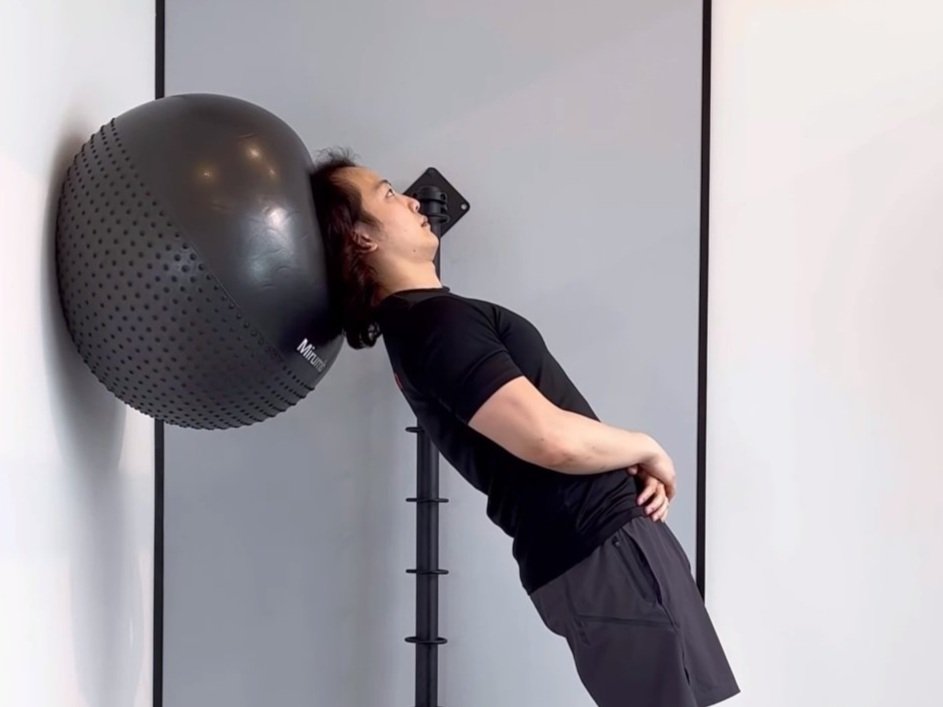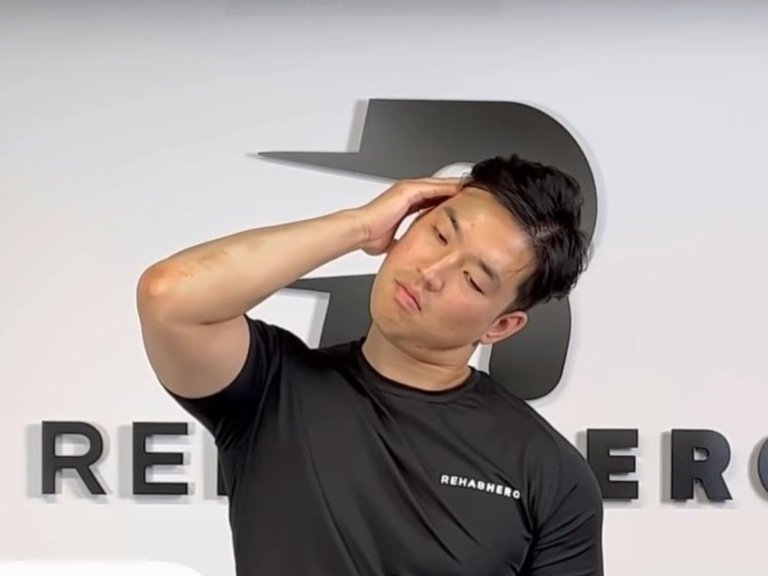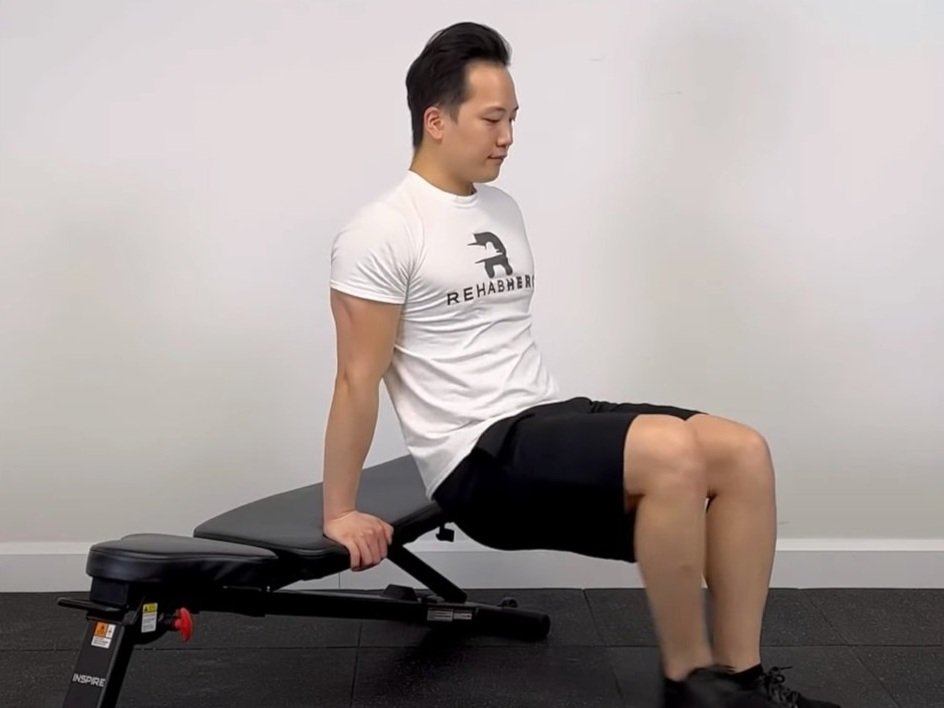Cluster Headaches
What are cluster headaches?
Learn about cluster headaches and how they are not your typical headache
What are cluster headaches?
By definition, cluster headaches are headaches stemming from primary neurovascular disorders. Cluster headaches are often described as severe headaches that are short in duration. These types of headaches tend to be on a single side of the head only and is generally located near the eye or ‘behind the eye’. Sometimes these headaches also have cranial facial parasympathetic autonomic features (sweating, flushing, tearing, rhinorrhea).
Cluster headaches may also be referred to as trigeminal autonomic cephalagias, migrainous neuralgia, sphenopalatine neuralgia, and histamine cephalgia.
How long do cluster headache clusters last?
The International Headache Society classifies these types of headaches based on duration and chronicity. The two types are:
Chronic - occurs for a period of 1 year or more without periods of remission lasting more than 2 weeks longs. Prognosis is low as these headaches are less responsive to prophylactic treatments.
Episodic - occurs periodically during a 7 day to 1 year time-frame (also known as clusters). Episodes have pain free periods of time of a minimum of 2 weeks. Each episode may last between 2 to 12 weeks long.
Who typically gets cluster headaches?
Cluster headaches are uncommon with incidence rates occurring in roughly 0.4% of men and 0.08% of women (it is more common in men than women). Cluster headaches usually occur in those between 20-50 years old.
What are the risk factors for cluster headaches?
Risk factors include:
High Stress
Allergies to nitroglycerine
Alcohol consumption
Smoking (Tabacco)
Environmental exposure to glare or bright lights
Health history of peptic ulcers, coronary heart disease
Family history of cluster headaches
Presentation of Cluster Headaches
Cluster headaches typically sudden in onset and severe (often described as excruciating pain). Typically pain is located in the periorbital region and is unilateral. The character of pain is described as piercing, deep, penetrating, boring, and not throbbing.
Episodes of headaches are short in duration, lasting typically between 5 minutes to 3 hours long. Headaches may occur as frequently as 8 times a day to every other day. These headaches are more typical at night/evening and may even disrupt your sleep.
What can trigger a cluster headache?
Triggers can vary and include:
Stress
Relaxation
Extreme Temperatures
Glare
Allergic Rhinitis
Exercise
Who can diagnose a cluster headache?
You may visit your local physiotherapist, physician or a chiropractor for an assessment of your headache. Your primary health care practitioner will assess you to rule out differential diagnosis which include but are not limited to temporal arteritis, cervicogenic headaches, migraines, TMJ syndrome, trigeminal neuralgia, and vertebral-basical insufficiency. Referral for additional diagnostic imaging or blood tests may be made for ruling out diseases such as pituitary tumors and brain tumors.
To book in with a Markham physiotherapist or chiropractor at Rehab Hero click the link below:
How do you calm a cluster headache?
Preventative treatments should be used to minimize the adverse effects of cluster headaches at the beginning of it’s cycle, and continued until you are headache free for 2 weeks. Treatments can be rendered by your Massage therapist, chiropractor, physiotherapist, and osteopathic manual practitioner.
Massage therapy techniques may include trigger point therapy to the upper trapezius, splenius muscles, suboccipitals, and sternocleidomastoid muscles. Physiotherapy and osteopathy techniques include post-isometric relaxation of the neck muscles. Other stretching techniques may also be used to relieve headache pain. Joint mobilization by chiropractors may be generally applied using gentle techniques focused on the upper cervical spine and atlanto-occipital joint.
To receive treatment at our Markham clinic click the button below:
Other treatments include stress management and relaxation therapy. Additionally, high-flow oxygen therapy may be used to abort cluster headache attacks.
Exercises for cluster headaches
Since cluster headaches are neurovascular in nature, exercises will be used for symptom management and to decrease secondary neck pain and dysfunction. An all-inclusive exercise program may include stretches, isometric strengthening exercise, and breathing techniques.
An example of a stretching exercise is the Banded Cervical Distraction:
For this exercise a strength band and a stable anchor point will be required. Anchor one end of the strength band to a stable object like a squat rack, bannister or pole, and loop the other end along the base of your skull. Keep a light tension in the band to allow it to lightly pull your head away from your neck. This stretch is used to decompress the upper cervical facet joints. Hold this stretch for up to 30 seconds and rest for 30 seconds before repeating. This may be repeated 2-3 times throughout the day.
An example of an isometric strengthening exercise is the Chin Tuck Isometric Push exercise:
For this exercise it is important to maintain a chin tuck to engage the deep neck flexors of the neck. Be sure to keep the chin and forehead in line with each other to keep the head in neutral position. From here apply an external force to your head with your hand and resist this pressure for 5-7 seconds. Be sure to remember to breathe while doing so. Repeat in different directions as needed and for up to 6-8 repetitions. Remember to give yourself 2-3 seconds of rest between repetitions.
An example of a breathing exercise is the Belly Breathing exercise:
Lie down on your back with your hips and knees flexed to 90 degrees and feet elevate with a chair, bench, stool or sofa. Place one hand on your chest and the other on your belly. Take a deep breath in while raising the hand on your belly towards the ceiling. Attempt to do so without raising the top hand towards your head.
To receive specific exercises for your pain book a physiotherapy or chiropractic appointment using the following link:
Written by:
Dr. David Song, Chiropractor, Rehab Coach
























